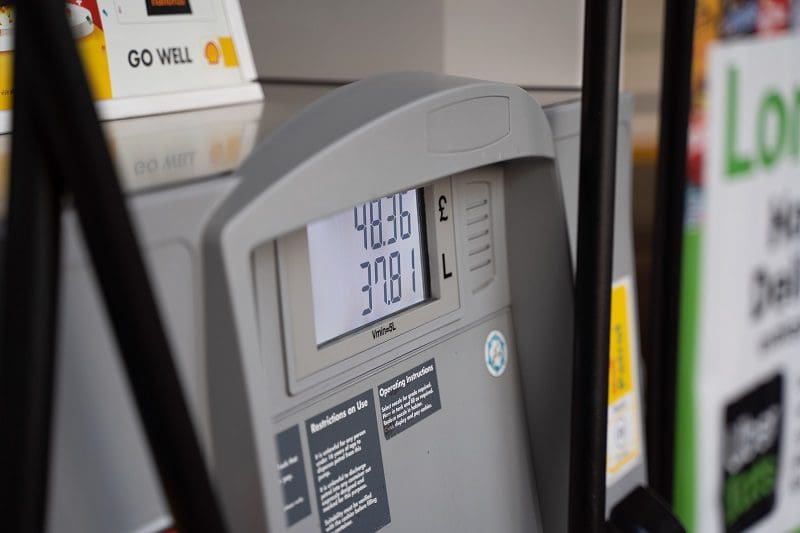The Energy Information Administration at the U.S. Department of Energy believes the price of petroleum products (crude oil, gasoline and diesel) will decline 5% to 10% this year from its previous predictions.
EIA’s forecast crude oil will average $77 per barrel in 2023, which is $11 less than its previous prediction of $86. Gasoline also was revised down from $3.51 to $3.32, and diesel at $4.20 down 16%. Natural gas is expected to average $4.90 per million British thermal units, which is a 9.8% drop from its previous estimate of $5.43.
West Texas Intermediate crude oil closed at $77 on the New York Mercantile Exchange on Wednesday. AAA said the national average for retail gasoline was $3.272 per gallon Wednesday.
EIA based its new projections this week in its latest short-term energy outlook on expectations of a 0.5% growth in GDP, and an increase in global petroleum supplies.
“Relatively flat economic growth in 2023 results in total U.S. energy consumption falling by 0.9% in our forecast,” EIA stated. EIA said it assumed global GDP growth—based on forecasts from Oxford Economics—will average 1.8% in 2023. “We forecast that global liquid fuels consumption will increase 1% in 2023 (1.0 million b/d),” EIA said. ”Petroleum consumption growth is driven by rising petroleum demand in China and India in both years (2023 and 2024).”
EIA forecast global petroleum production will increase by 1% (1.1 million b/d) from 2022 to 2023. “The United States and OPEC account for most of the increase in global production, offsetting production declines in Russia,” EIA said. “We forecast that Russia’s petroleum production will fall from 10.9 million b/d in 2022 to 9.5 million b/d in 2023 as a result of sanctions related to Russia’s full-scale invasion of Ukraine. We forecast that U.S. production will grow by 5% (1.0 million b/d) in 2023, and OPEC liquid fuels production (which includes crude oil) will increase by 0.5% (160,000 b/d) in 2023.”
The amount of oil produced and sold internationally by Russia remains uncertain. On Feb. 5, the European Union’s ban on seaborne imports of petroleum products from Russia becomes effective, which is expected to be more disruptive to global petroleum markets than the EU’s December 2022 ban on seaborne crude oil imports from Russia.
EIA said oil production in the U.S. will reach historic highs in 2023 averaging 12.4 million barrels per day (b/d), which would surpass the previous high of 12.3 million b/d in 2019. Oil production declined during the pandemic in 2020, but has steadily increased to 12 million b/d in 2022.
Texas is the leading oil-producing state, and the Permian Basin is the largest producing region. EIA expects an increase of 440,000 b/d in the Permian Basin this year.
The increase in production coupled with declining demand has created an increase in inventories. EIA reports a 19 million barrel increase in U.S. crude oil inventories this week to 439.4 million barrels, which is an increase of 26.3 million barrels from a year ago.
“Implied builds in global petroleum inventories (when there is more petroleum production than consumption) are driving these declines in crude oil prices,” EIA said. “We forecast global petroleum inventory builds will average more than 0.6 million b/d in 2023–24.”
Alex Mills is the former President of the Texas Alliance of Energy Producers.
Alex Mills is the former President of the Texas Alliance of Energy Producers. The Alliance is the largest state oil and gas associations in the nation with more than 3,000 members in 305 cities and 28 states.





